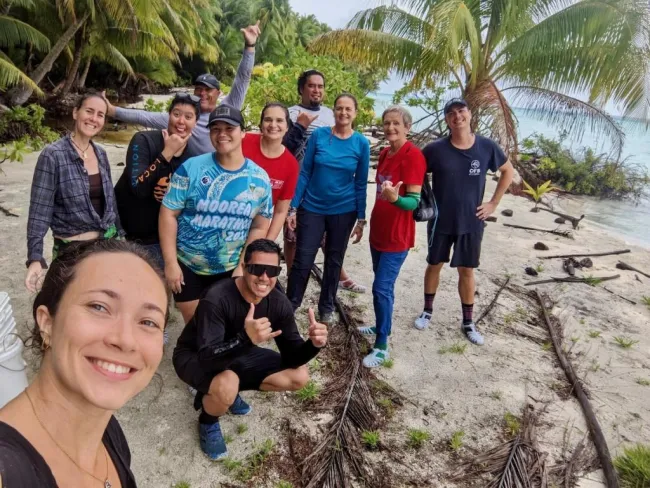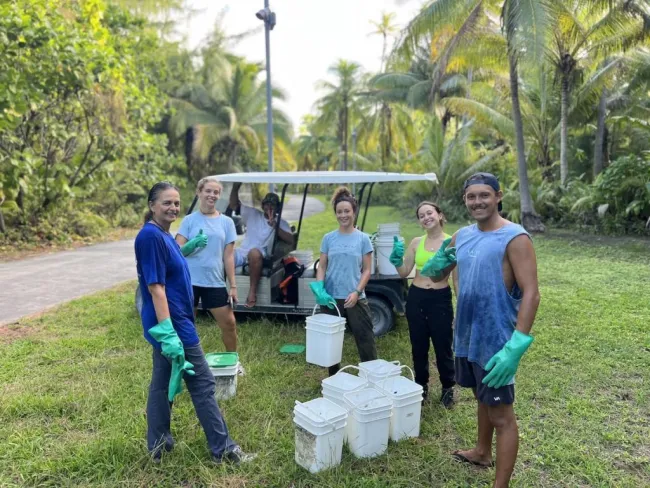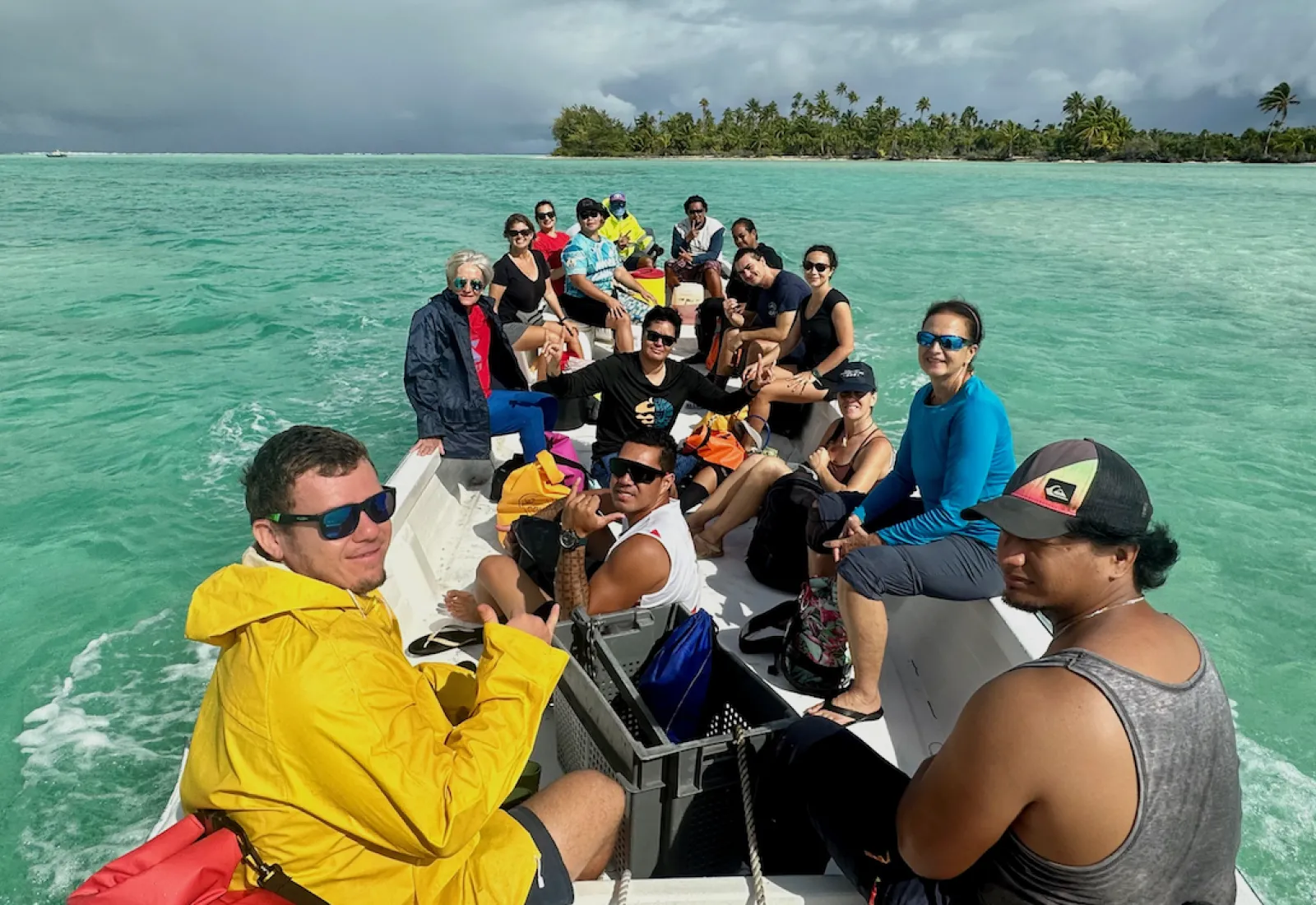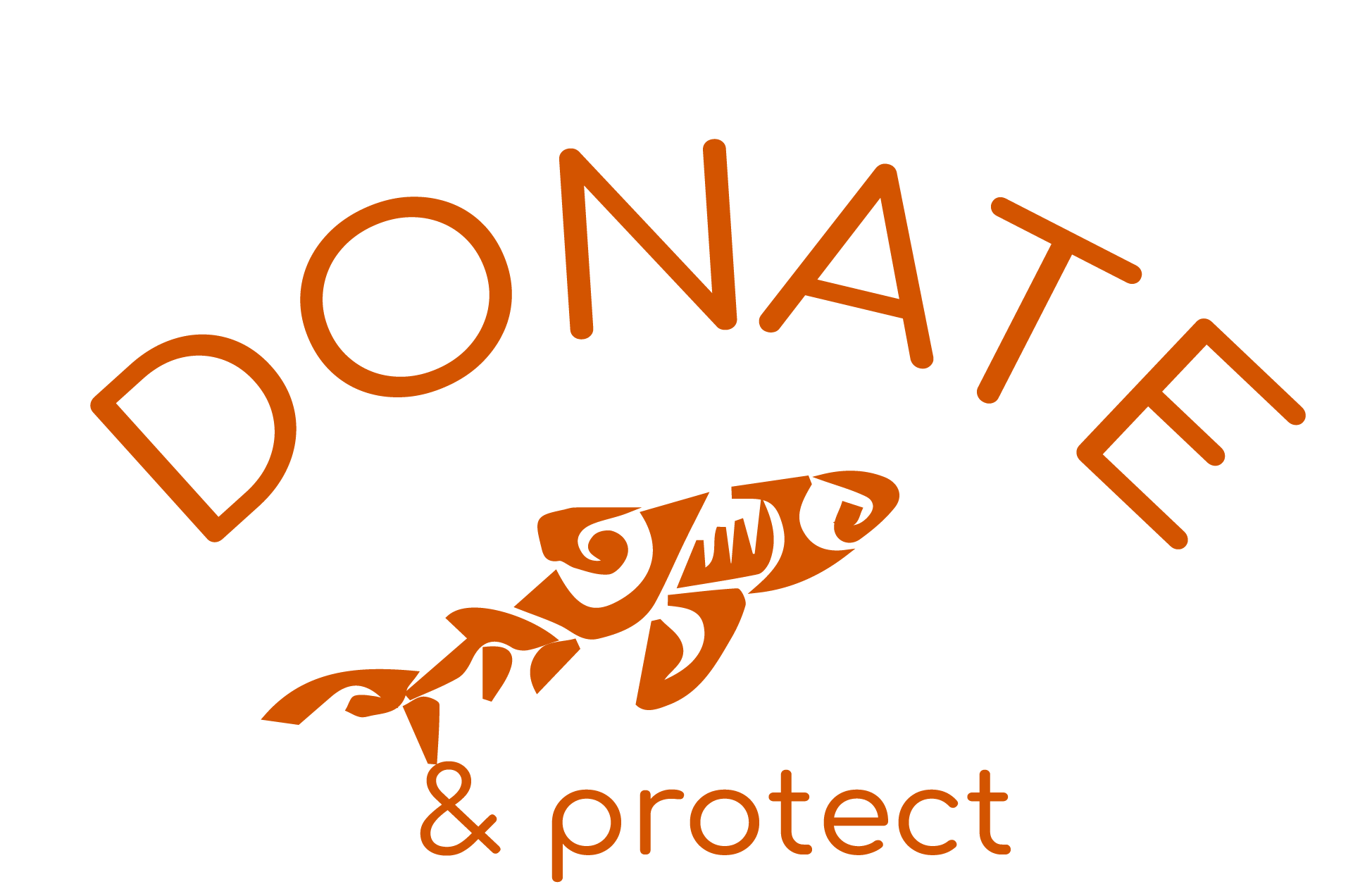 Ant volunteers on the motu
Ant volunteers on the motu Taking a break at night
Taking a break at night Onetahi ant team prepping
Onetahi ant team prepping
The yellow-crazy ant (Anoplolepis gracilipes, YCA) is one the 100 worst invasive species in the World according to the IUCN (International Union for the Conservation of Nature). By reaching very high densities and spraying formic acid at any animal on their path, yellow-crazy ants decimate native fauna.
In this project funded by the OFB, the Tetiaroa Society FP aims not only at eradicating the yellow crazy ant from Tetiaroa, but also at testing methodologies that will then be available for other islands of the region (e.g., YCA are now present in all five archipelagoes of French Polynesia, though no successful eradications have been conducted in the region so far). Mapping of the YCA across the atoll and the first baiting tests were carried out in 2022.
This first baiting test had a very strong effect on ants and presented limited undesirable effects on land crabs. So beginning in 2023 we implemented the yellow crazy ant eradication protocol to all invaded areas of the atoll. Baiting was carried out where ants were detected on Motu Onetahi, A’ie, Tiaraunu, and Horoatera by teams of up to 10 volunteers. At the same time, continuous monitoring of the effects of the baiting and of the ant eradication was carried out. By the end of the year monitoring showed the success of the treatments, with ant populations decreasing drastically (>95% reduction) after the first spreading, and no ants being detected in the plots monitored after the second baiting. Monitoring also showed a significant increase (X2) in the number of nesting brown noddies in plots that were deserted by noddies when the ants were present.



